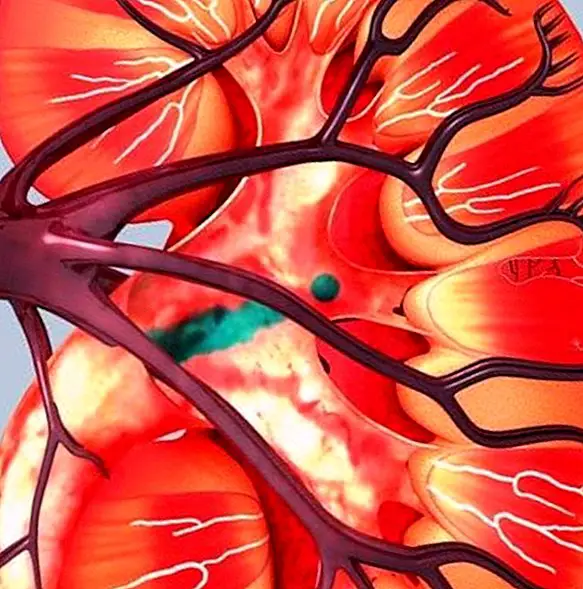What are the bids in childbirth and how are they? Can they be controlled?
The human body is a machine that defies any rule of physics and that puts chemistry to work in all its basic processes. And when it comes to bringing another life to the world, it surpasses itself.
During delivery, the organism makes a series of efforts that seem superhuman, precisely to make way for another being in this world. Many of these actions seem unimaginable.

The pujos are part of the path of delivery, a procedure that goes from dilation to the moment when the baby finally comes out from the vaginal cavity to meet his mother.
During this stage is when there is more activity in the uterus by the multiple contractions that he suffers in his attempt to let the baby out without additional efforts.
The push is, then, the perfect ally of the uterus, that at a certain moment does not feel too strong, and receives the support of this additional energy, which allows them to make the baby cover his exit route successfully.
It is nothing more than a biological reaction that causes the uterus and the wall of the mother's abdomen to become a joint force that will allow the child to leave the womb safe and sound.
Can bids be controlled?
You may feel the urge to push even when you are not at the optimal dilation point to do so, so the question is: can bids be controlled? The answer is affirmative.

The mother must push while contracting her abdominal wall, so that she unleashes a force down the abdomen. Repeat the action until the push transforms into a longer action.
This is how it will become an effective exercise, and when you are ready to let the baby out, everything will be relatively faster and less traumatic for both you and the new life that is to come.
Scientifically it is known that there are two types of bids ...
The pujo in valsalva It consists of the contraction that arises from the blockage of breathing after a deep inhalation.
The push in expiration it appears when, basically, it is exhaled while it keeps pushing.
Doctors agree that when the push is given in breathing is less risky and traumatic for both the pelvic floor of the mother and the baby that is coming into the world.
There are cases in which the well-known epidural anesthesia causes an inhibitory effect on the desire to push of many women. In addition to cutting out the pain that you feel during labor, you are also able to reduce the urge to push.
The final stage ...
Each push serves for the baby to move slowly towards its exit to the outside world. In this way the head will come out little by little without suffering a too sudden decompression.

Once outside the head, those who are attending the delivery can pull the baby's shoulders with a lot of sutiliza to allow a faster and more successful exit.
The other push
In medical terms there is another type of push, and this has to do with babies and their first months of life. It is a strange sound for new parents but it does not have to be an alarm signal.
This happens right after each meal. The child begins to emit a series of strange sounds that can alert parents. But what really happens? Well, it is nothing more than the natural process of adaptation of the baby to your digestive system.
How are the pujos? How do you feel?
How do you easily detect it? Because the newborn will be constantly crying, will suffer from colic and therefore complain a lot. All these symptoms will make you restless.

As your digestion system is just taking shape, it will be common for you to suffer from problems like constipation, which will make you make sounds as if you are pushing because it costs you to evacuate.
It also happens that when the baby eats something, his small stomach turns easily. This causes reflux, therefore emitting that sound as a push. Crying is equally common.
The gases and colics will whip him for a certain time. But beware, you have to be very careful, because even if it is normal, that it lasts too long some of these symptoms is already cause for concern. This article is published for informational purposes only. It can not and should not replace the consultation with a Physician. We advise you to consult your Trusted Doctor. ThemesGiving birth


